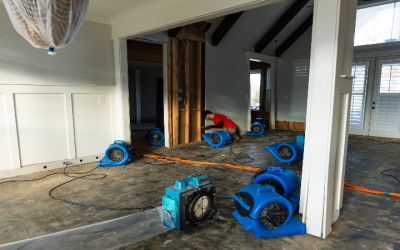Marine vehicles need a special kind of battery wiring that can resist rusting and corrosion. A 12 AWG marine primary wire is made of tinned copper strands that make it corrosion and rust resistant, rendering it greatly useful in water prone areas.
Important Features and Specifications
The 12 AWG marine primary wire conforms to the standards put forth for marine wiring by the American Boat and Yacht Council (ABYC) and the US Coast Guard (USCG). The rating of this wire outside of engine spaces is 45 amps, while it is 38 amps within. The fine copper strands used as a conductor in the wire can hold out in a temperature range of -20 degrees to 105 degrees F. It also has a 600 volts rating which makes it ideal for high power devices used in marine vessels. There is no damage caused to this wire from high moisture levels. It can resist abrasion, acids, alkalis, and fungus too.
Safe Installation
While dealing with electrical wiring in marine equipment, there are a couple of things you should consider. For instance, you need to keep in mind that an application using a 12 AWG marine primary wire must have the same terminals as used for 10 AWG wiring. A simple mistake like this can possibly result in a disaster. In the absence of circuit breaker protection, inline fuses should be wired to the battery. It is recommended to use twisted pair wiring, if you’re wiring near a compass. Ensure you run the wire only from an electric panel and don’t splice wires for creating a new circuit. Labeling wiring at both ends of the circuit is a good habit as it helps in making future repairs easier and avoids confusion.
Protection from Fire
The right kind of over current protection is the primary measure to prevent fires on board and with 12 AWG marine primary wire. This is possible with fuses and circuit breakers. However, even the best of breakers and fuses fail to protect when they are not of the proper size. The placement of the current protection is crucial too, it needs to be installed as near to the circuit as possible. Contrary to popular belief, sizing is not dependent on the electrical circuit’s amperage draw. It should be based on the ampacity of the wiring. For example, while using the 12 AWG marine primary wire in combination with the 16 AWG wire in the circuit, the circuit breaker or fuse should be sized for the smallest conductor in this circuit.


